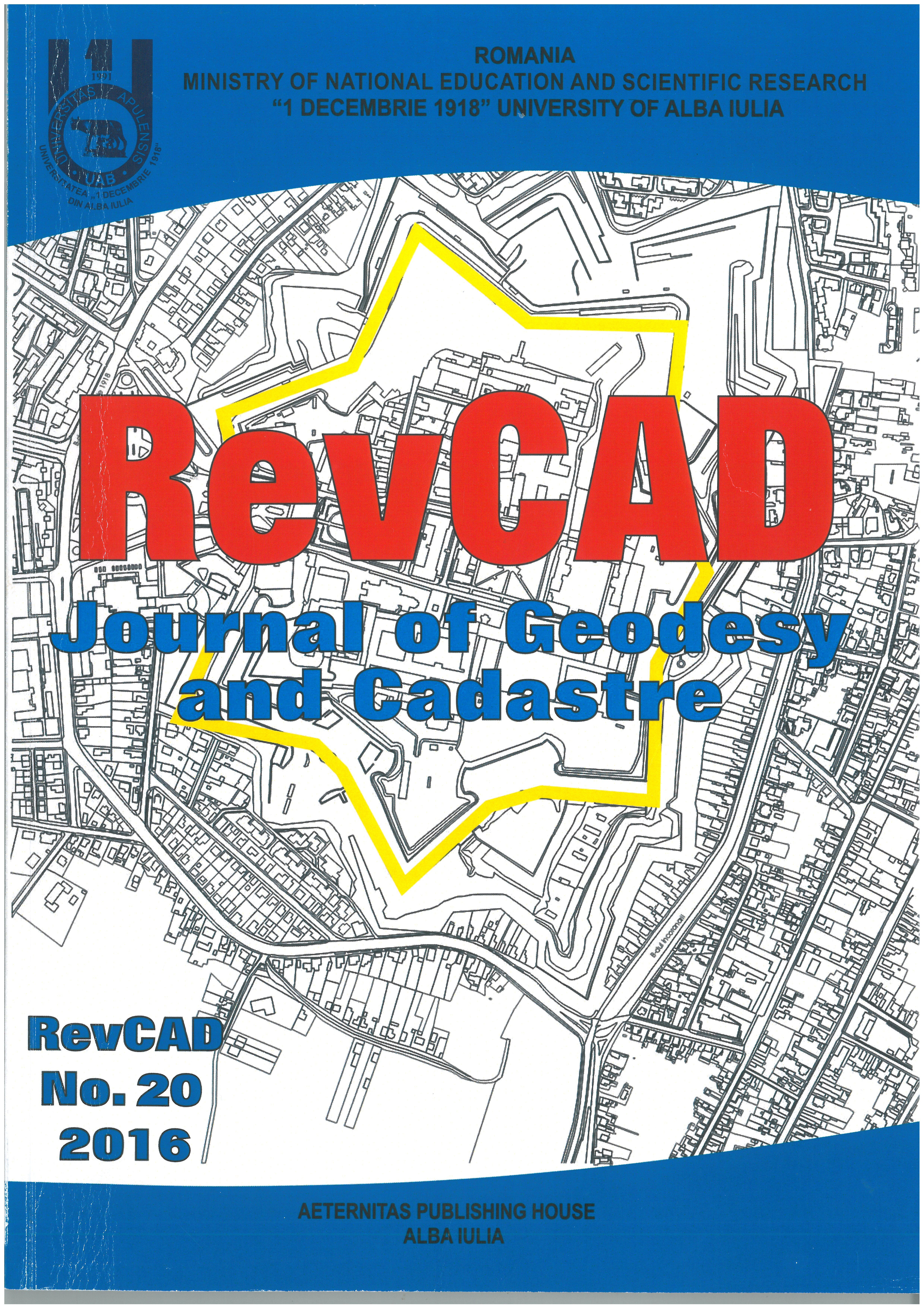Evaluation of Ecological Potential of Barrier Lakes on Phytoplankton and Phytobenthos as Required by the Water Directive 2000/60/EC
Evaluation of Ecological Potential of Barrier Lakes on Phytoplankton and Phytobenthos as Required by the Water Directive 2000/60/EC
Evaluation of Ecological Potential of Barrier Lakes on Phytoplankton and Phytobenthos as Required by the Water Directive 2000/60/EC
Author(s): Loredana Andreea Popoiu, Raluca MitroiSubject(s): Energy and Environmental Studies, Regional Geography, Environmental Geography, Geomatics, Maps / Cartography
Published by: Editura Aeternitas
Keywords: phytoplankton; phytobenthos; barrier lakes; ecological potential;
Summary/Abstract: The principle on which biological analysis is based in order to assess water quality is that throughout organisms evolution, they have adapted to particular environmental conditions. Biological quality elements used to evaluate the ecological potential of barrier lakes are phytoplankton and phytobenthos. The evaluation of the ecological potential in terms of biological elements is obtained by applying the "worst element" principle. The worst potential given by biological elements is the "moderate” potential. During the analysis of the quality state of barrier lakes in the Prut-Bârlad basin, based on biological elements, it was observed a favorable trend in terms of water quality. So if in 2012 there were 4 barrier lakes (with good ecological potential) reaching the environmental objective, in 2014 their number increased to 15 (4 barrier lakes with maximum potential , and 11 with good potential).
Journal: RevCAD Journal of Geodesy and Cadastre
- Issue Year: 2016
- Issue No: 20
- Page Range: 131-138
- Page Count: 8
- Language: English

